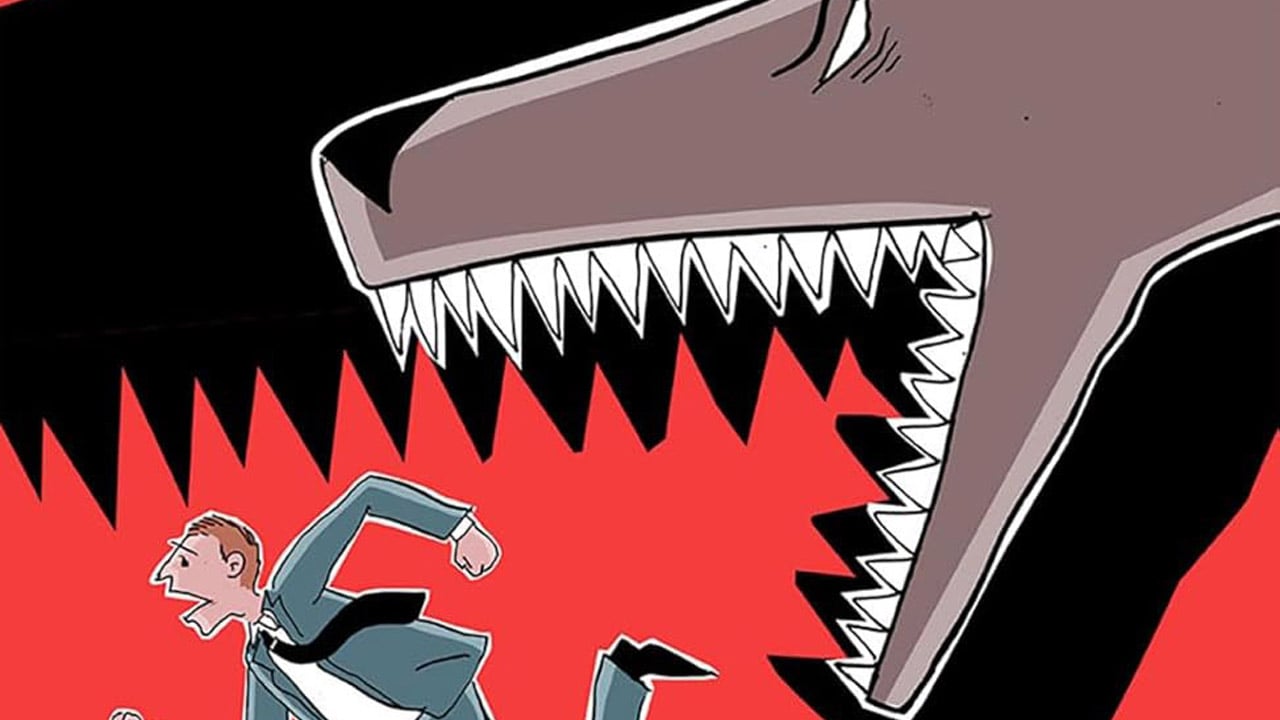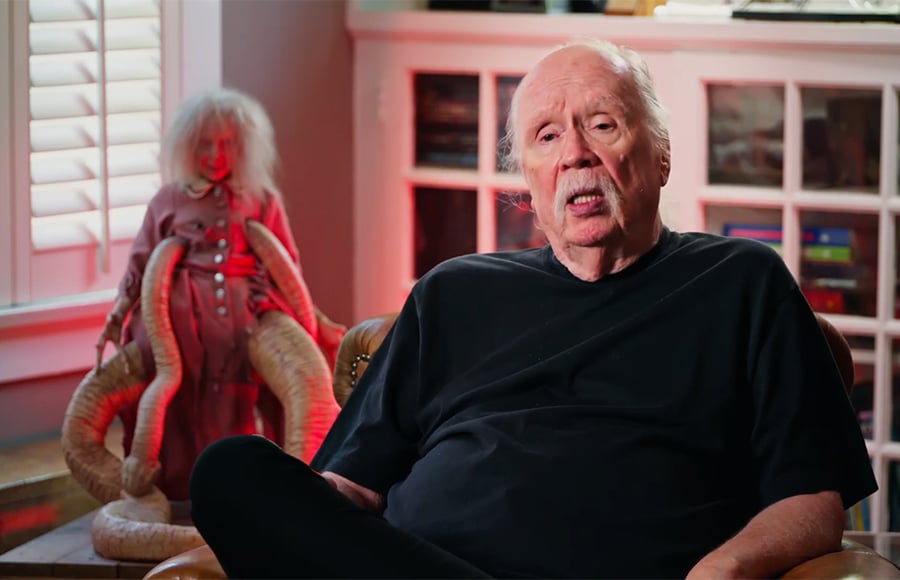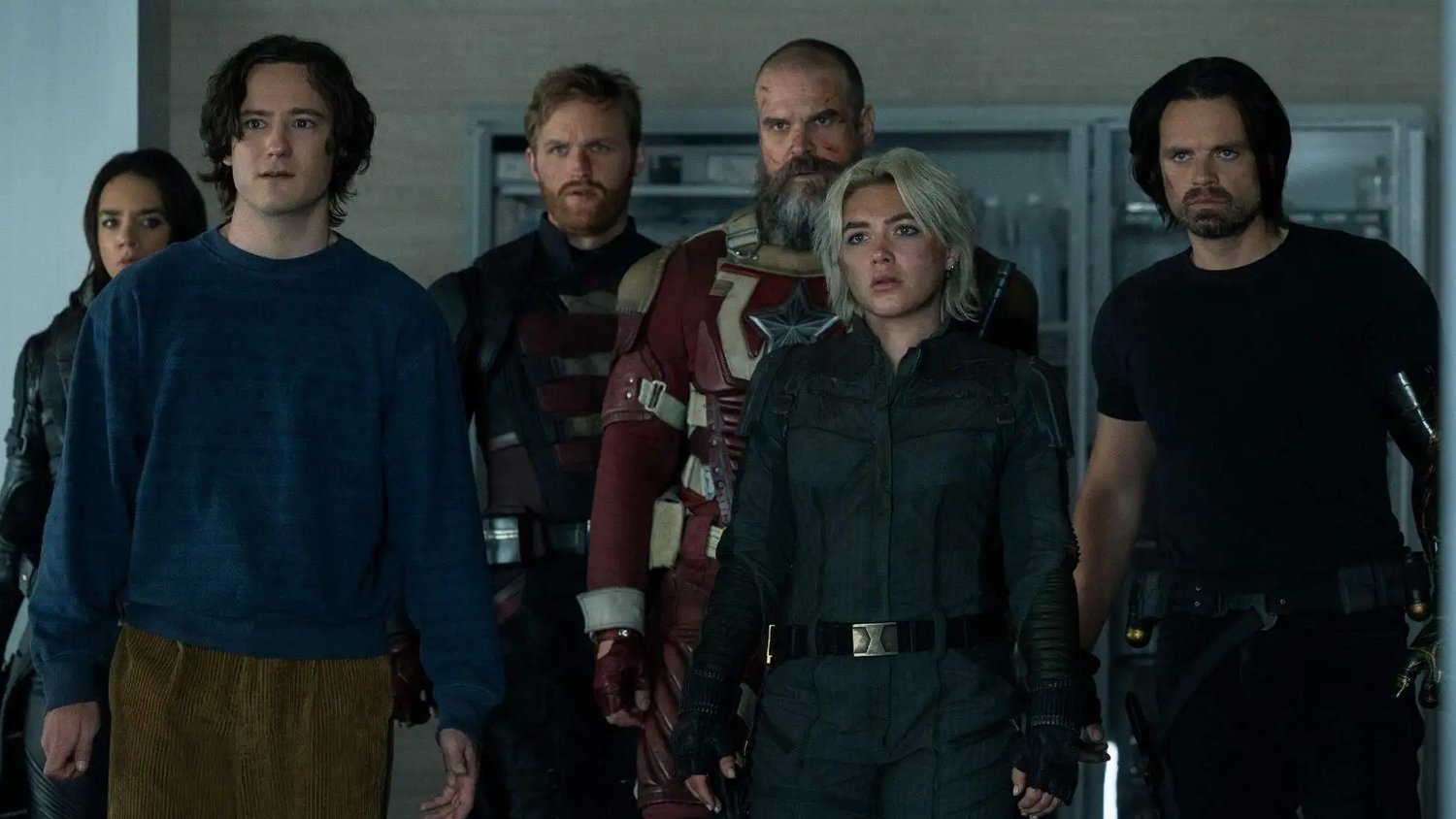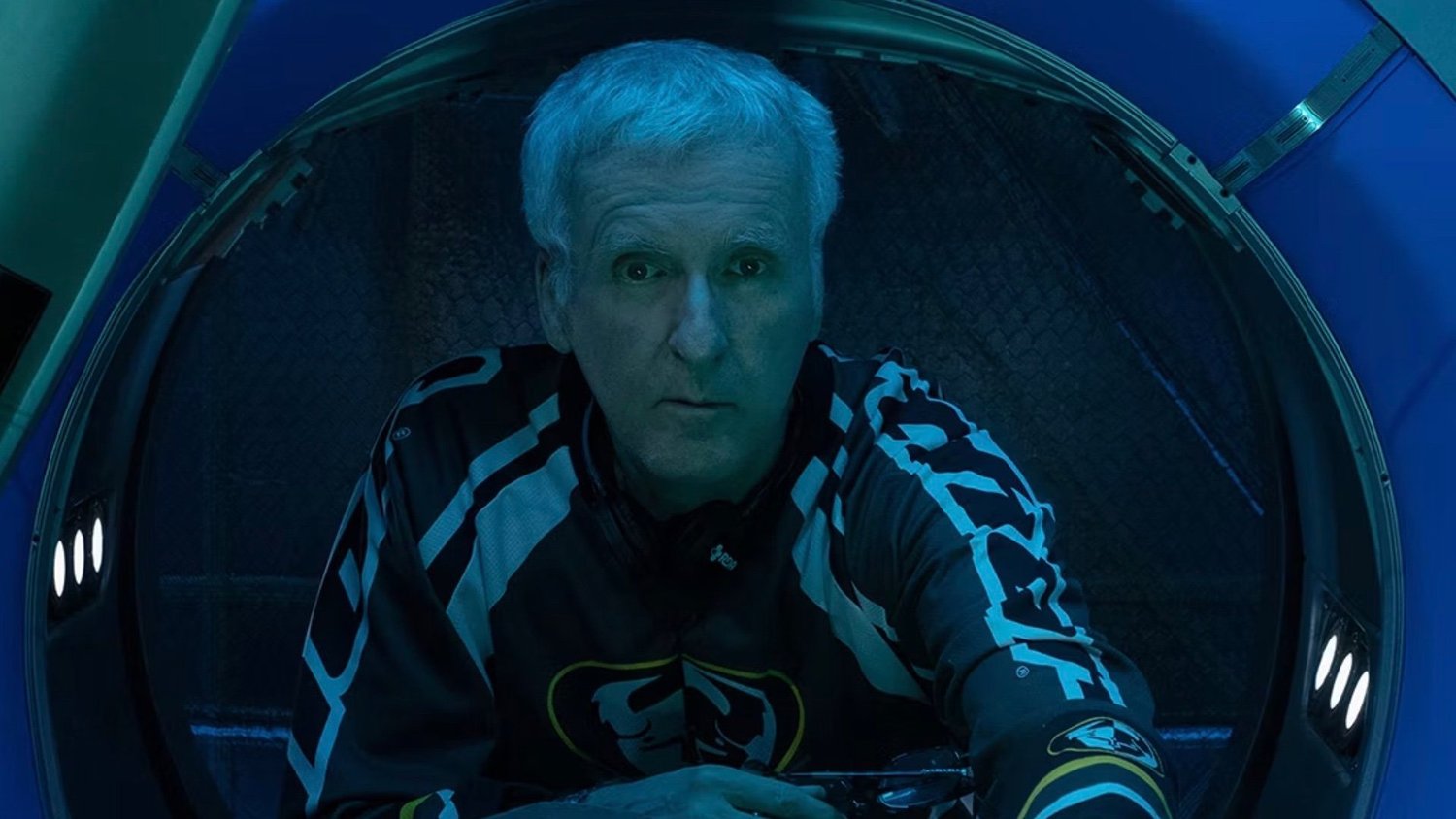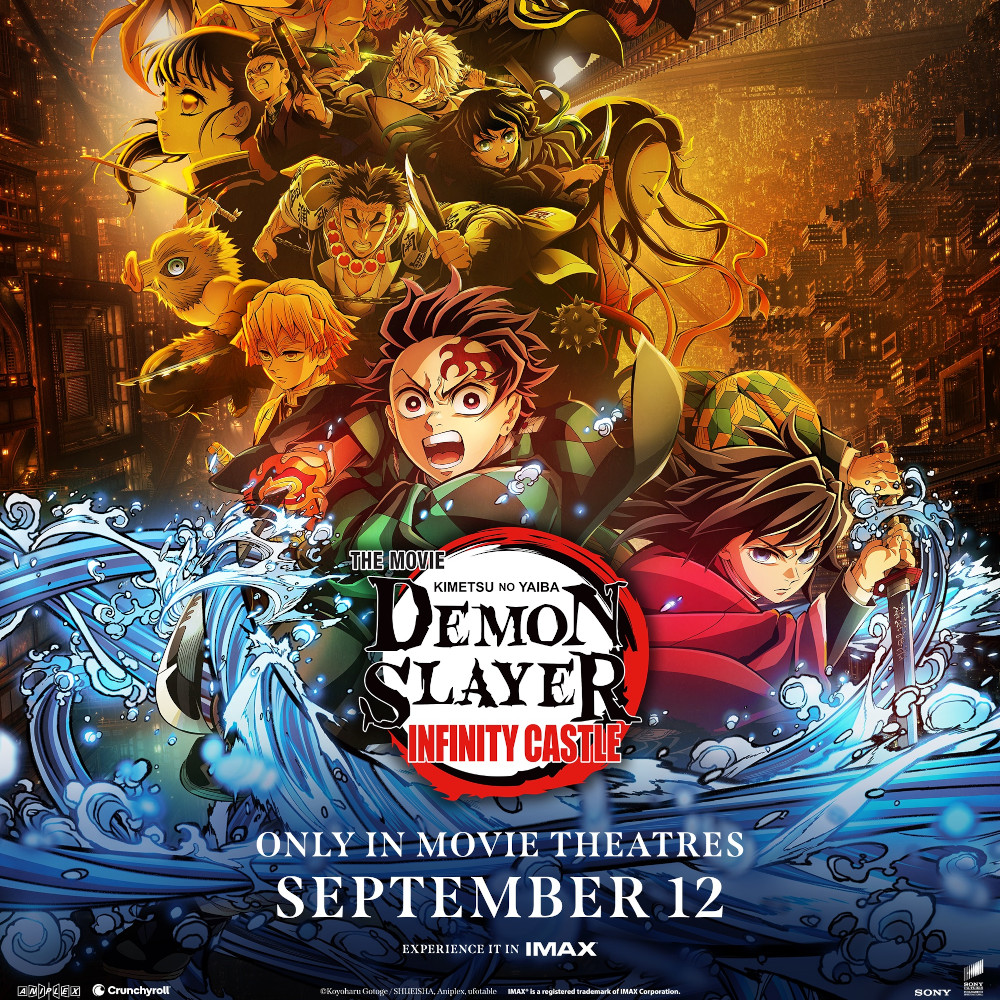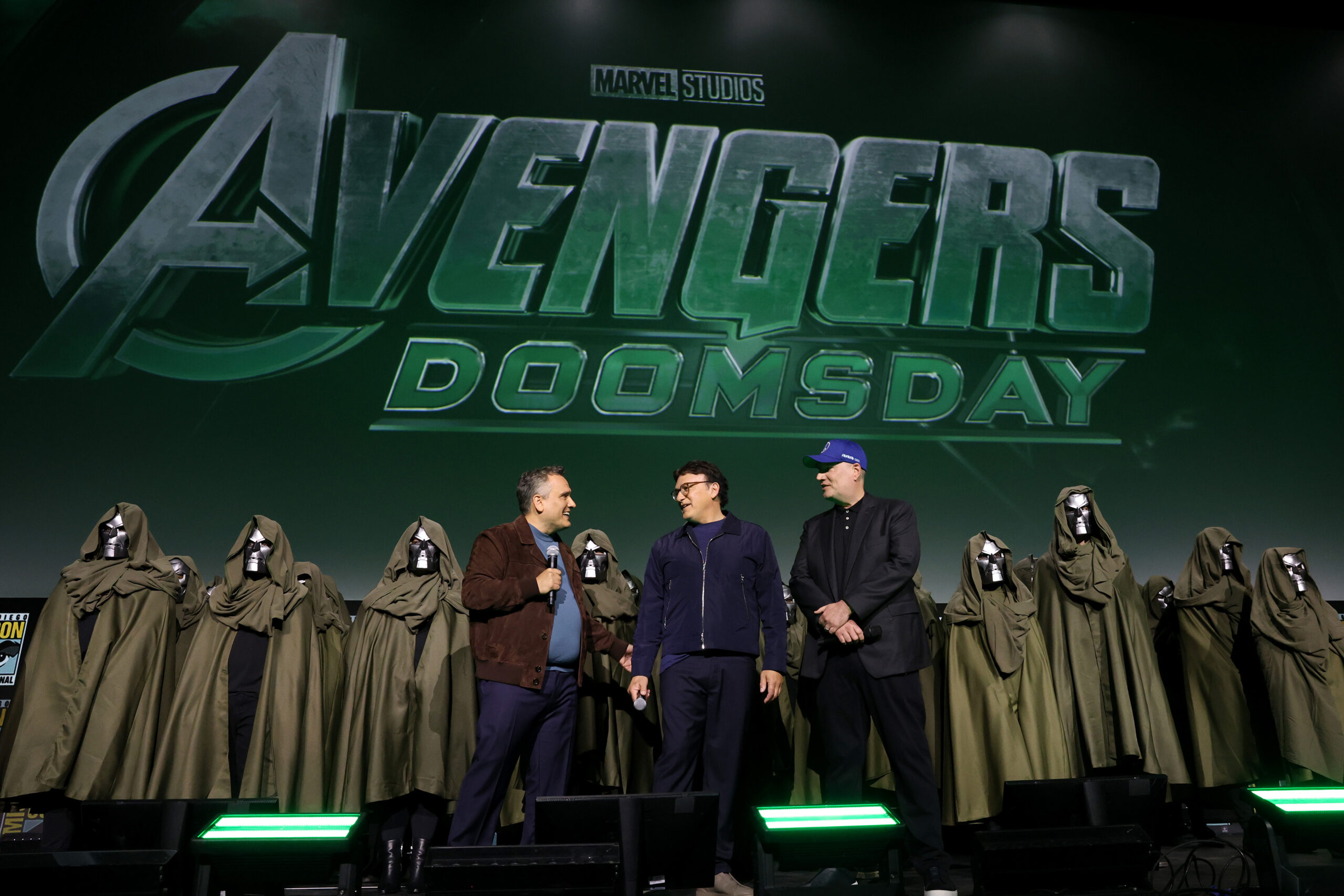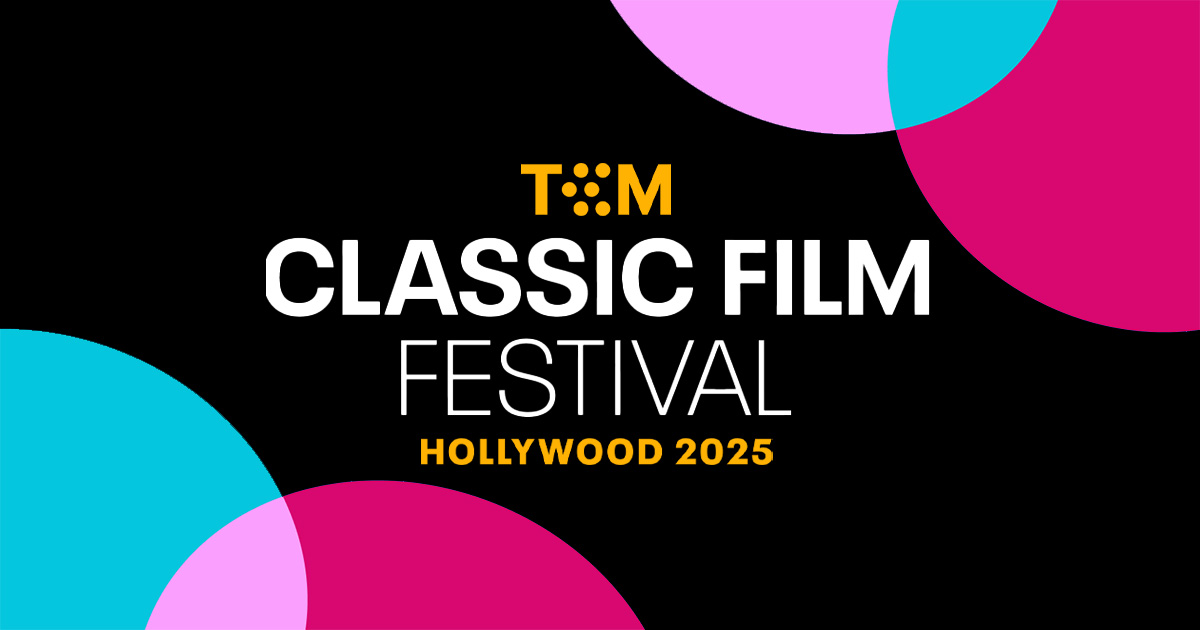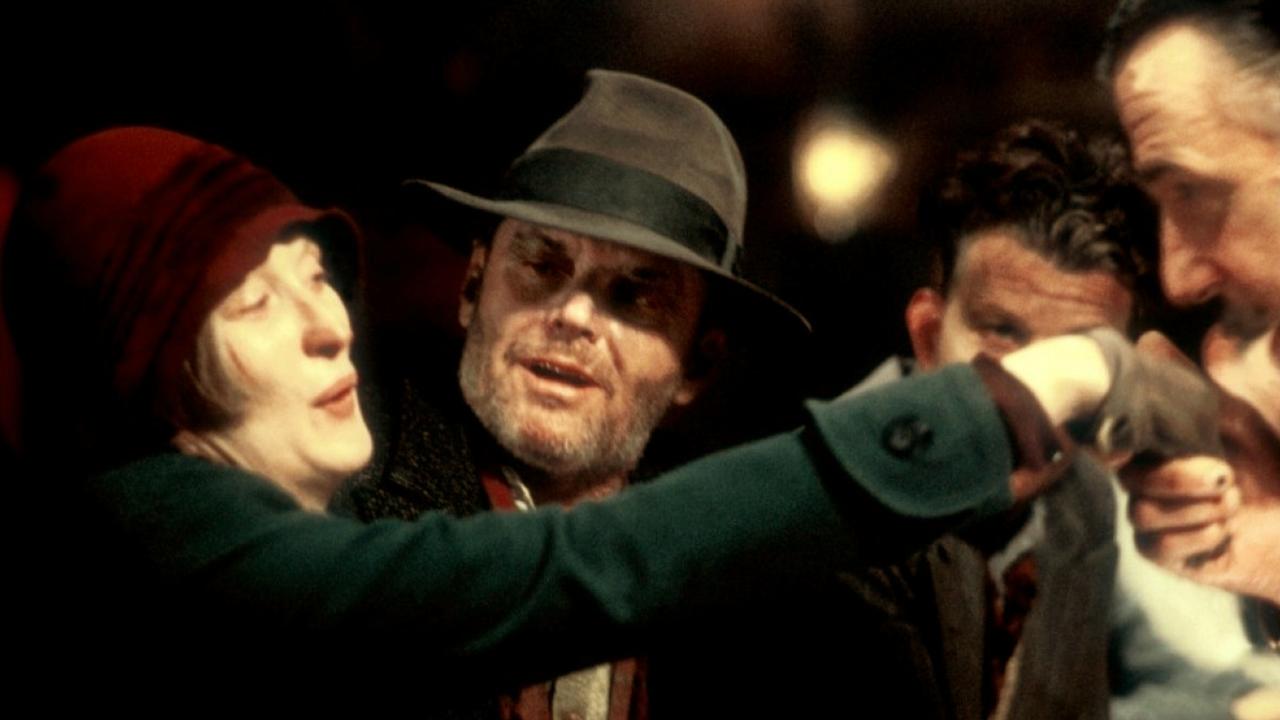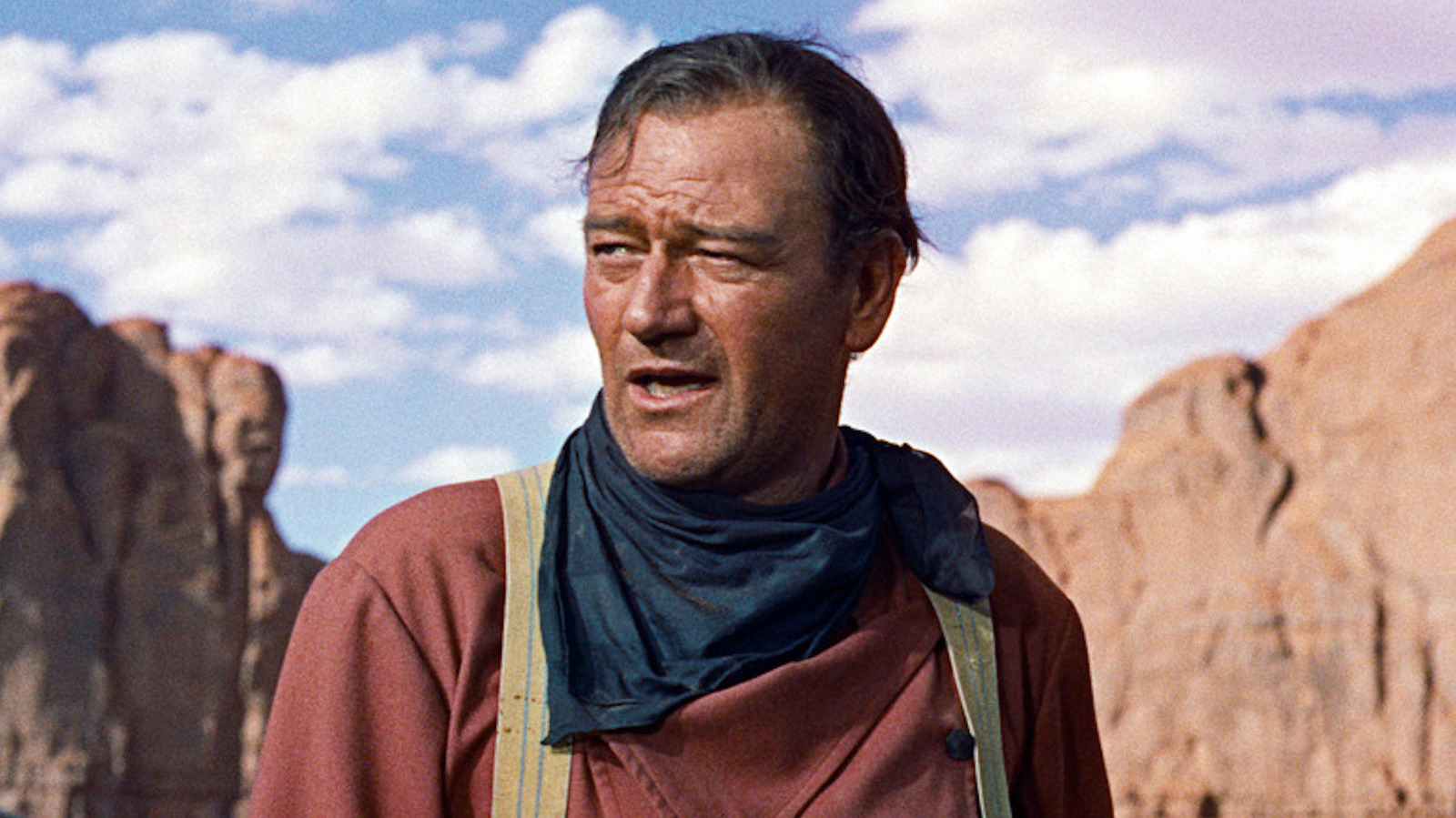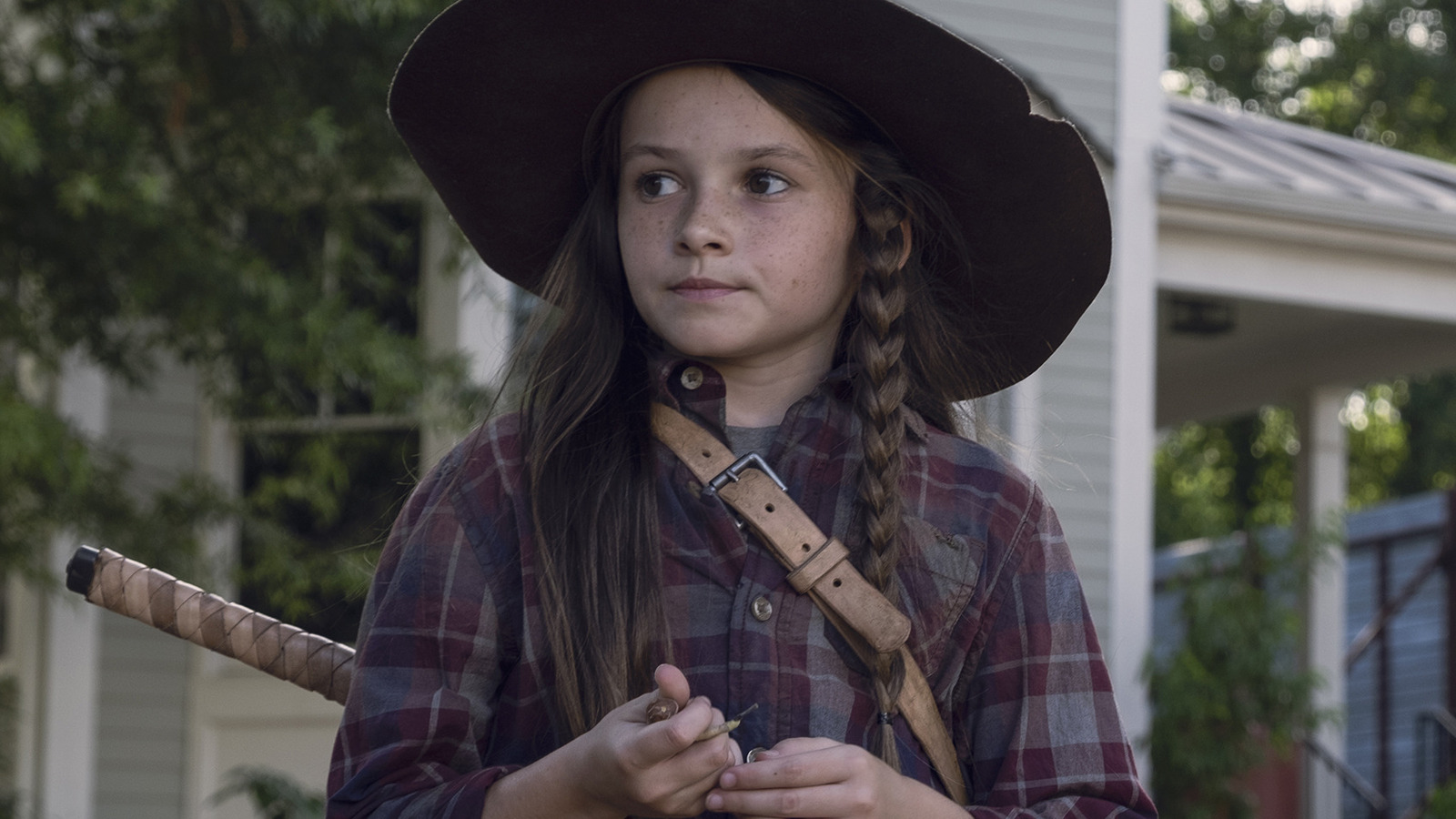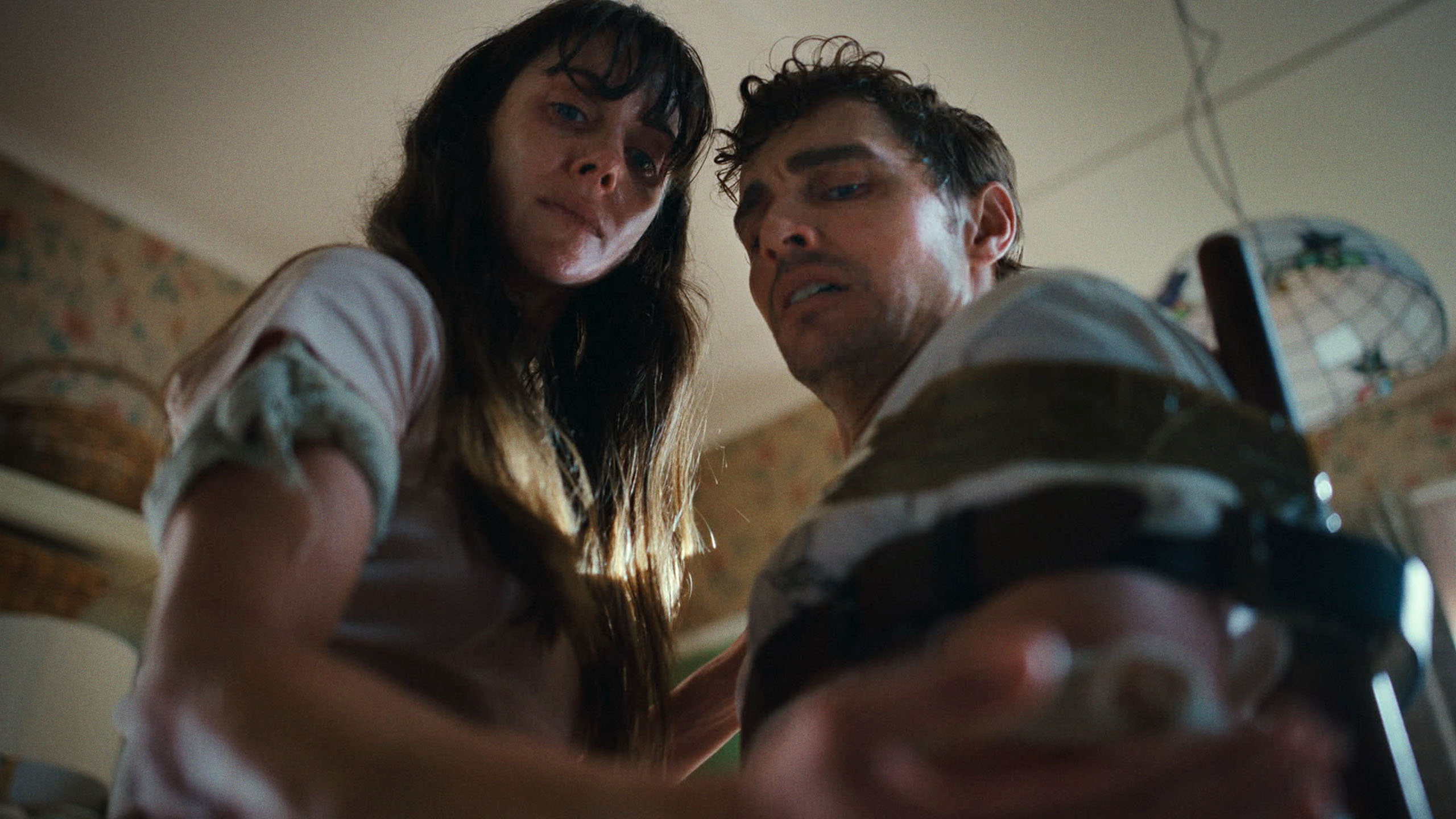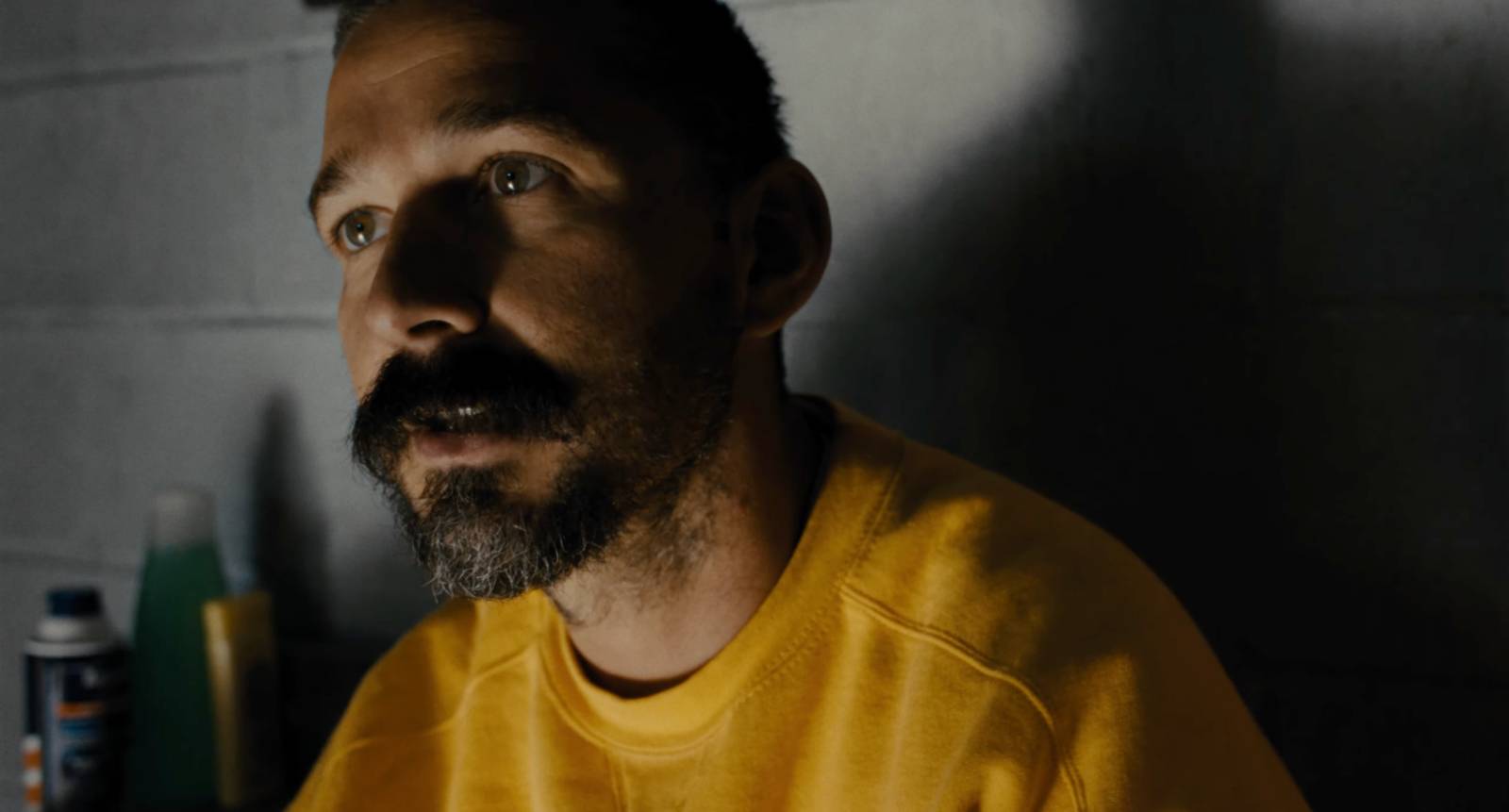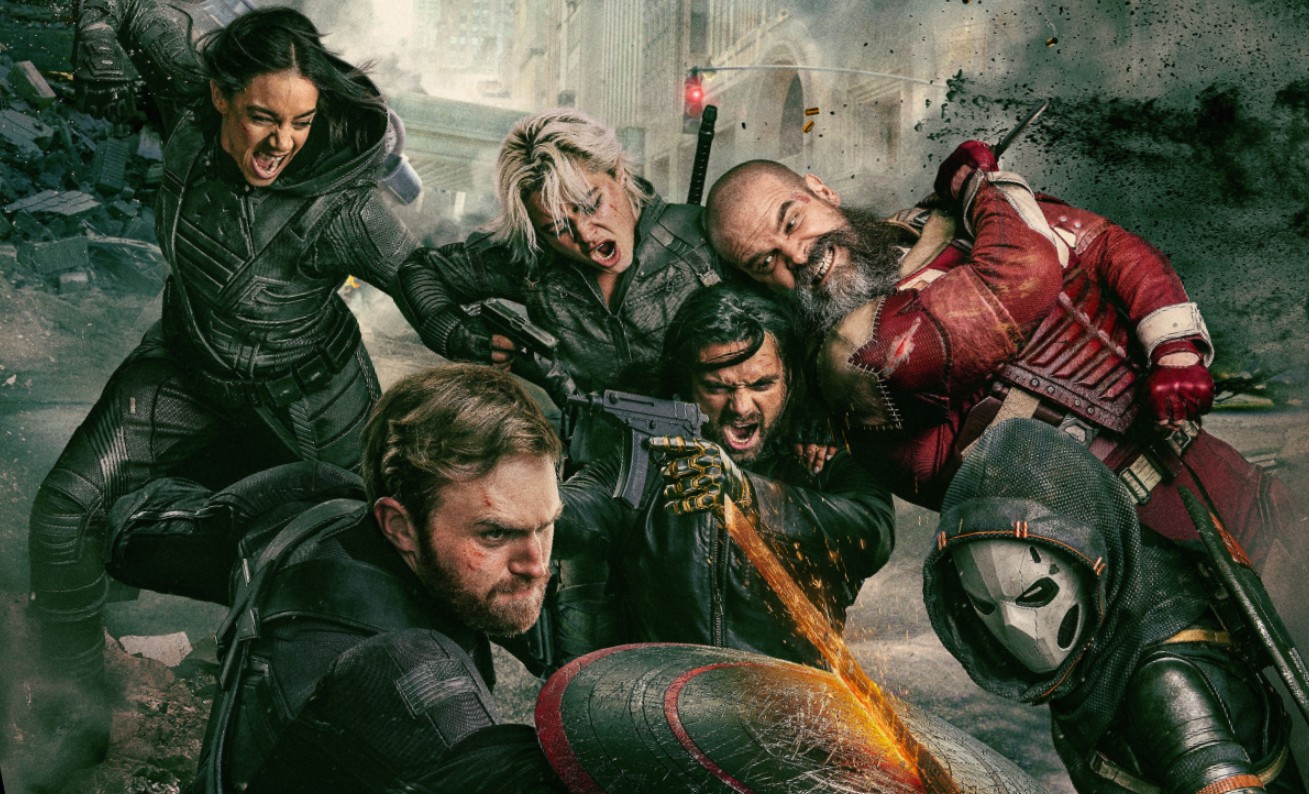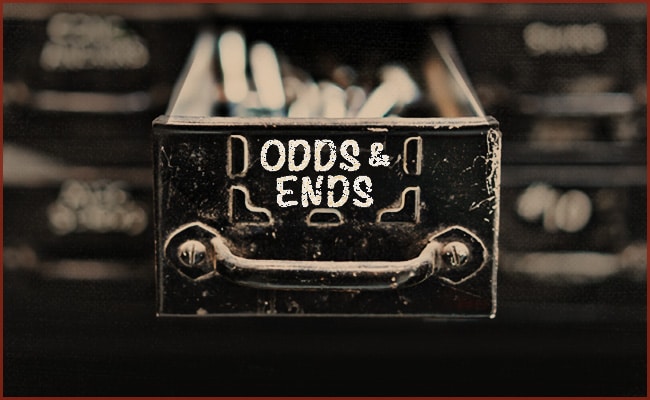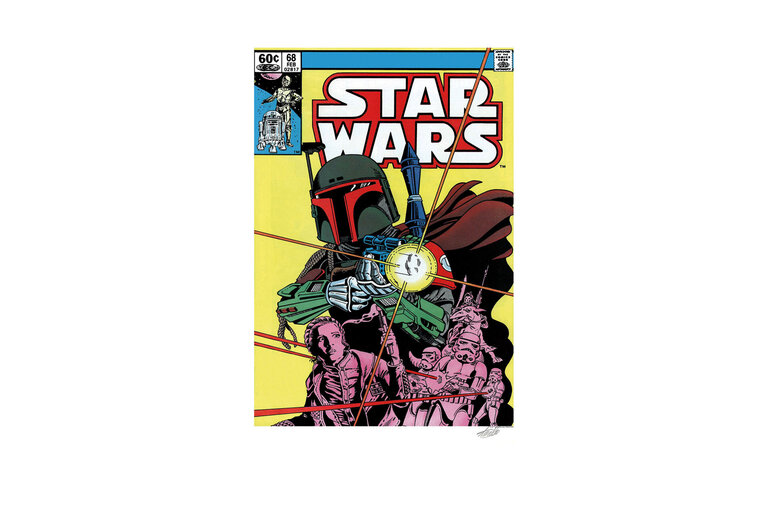What is Anticlimax? The Art of ‘Much Ado About Nothing’
Ever read an exciting book or watched a thrilling movie, only to end it with a confused, “Huh?”This bemused and disgruntled “That’s it?” reaction is the product of anticlimax. What is it exactly? And why would we want to use it in a screenplay?What is Anticlimax?An anticlimax is a rhetorical device where an exciting or dramatic narrative is built up to a point of heightened expectation or tension, only to conclude in a disappointingly underwhelming or trivial resolution. How to Use Anticlimax WellAs the title mentions, Much Ado (big hullabaloo) About Nothing also tackles anticlimax. In this work, the villain Borachio is arrested by the night watch who overhear him boasting about his deception. When interrogated, he confesses to his plot against the heroine, Hero. This confession comes through a comedic scene with the bumbling constable Dogberry, which partially defuses the plot's building tension and contributes to the resolution of Hero's storyline in ways that subvert typical dramatic expectations.Now, why would someone like Shakespeare (of all people) let his play be so anticlimactic?Primarily, anticlimax is seen as a sign of narrative failure, but that’s when the anticlimax is unintentional or is a result of poor plot development. If that’s the case, then yes, any writer should be afraid of their narrative ending in an anticlimax.However, there have been attempts (such as Much Ado About Nothing) to use an anticlimax as an effective narrative tool to give the story a meaningful conclusion. There is, obviously, a thin line that separates an accident from a successful experiment. Using anticlimax is like playing with fire—it can be pretty useful, but if handled improperly, it can cause burns.All right. That’s enough tension build-up around the anticlimax. Let’s now explore the circumstances under which an anticlimax can give you burns.When Is An Anticlimax Considered A Failure?1. Inadvertent Narrative ComedownThis happens when a narrative builds up expectations and tension but fails to give a satisfactory resolution because of poor planning or execution, rather than an artistic choice.Example: Game of Thrones (Final season) (2019)In the beloved fantasy series Game of Thrones, after building up the horror and excitement about the White Walkers for years, the Night King was defeated in a single episode with one blow. Talk about a let-down.2. A Failure of Mainstream MediaMainstream or commercial entertainment is salable because it guarantees the audience certain elements, including the narrative elements, that give them satisfying outcomes. The audience of mainstream media comes with this expectation. When an unintended anticlimax in this circumstance robs the audience of this emotional catharsis, they feel cheated and disappointed.Example: The Matrix: Revolutions (2003)After the trilogy's philosophical depth and innovative action, it ends with a plain, underwhelming fight and a somewhat ambiguous ending for our hero, Neo (Keanu Reeves).3. Genre CredenceEach genre has specific offerings. When the audience considers a genre, they expect to receive these offerings—we call them “genre conventions.”One genre convention (in movies such as action, thriller, or horror projects) is an exciting, emotional, and narrative resolution. If that genre convention is subverted, the audience feels disappointed.Example: How I Met Your Mother (Finale) 2014After nine seasons' worth of build-up around the idea of the protagonist meeting his children’s mother, she was killed off in the finale, and the protagonist was shown returning to his previous love interest.4. Critical Narrative ExpectationsIn some vital narrative moments, the plot or character arc demands a heightened and meaningful resolution. If that resolution is less impactful than required, the narrative fails.Example: Iron Fist (Season 1) (2017)Despite this MCU series being the culmination of Danny Rand’s (Finn Jones) journey, the climactic fight between the protagonist and the Hand’s leadership was poorly choreographed and lacked emotional weight.5. Pacing issuesSometimes, while developing a story structure, a writer unintentionally puts a minor event after a major event, and it causes the narrative to deflate.Example: Indiana Jones and the Kingdom of the Crystal Skull (2008)In this recent Indiana Jones sequel, the titular hero (Harrison Ford) fights aliens and Communists. After the heightened and climactic alien reveal and temple collapse, the story continues on to a wedding scene, which completely deflates the supernatural tension.6. No Returns on Emotional InvestmentThis is what happens when the audience invests significant emotional energy in a storyline that concludes in a subpar resolution.Example: Game of Thrones (Finale) 2019Yes, Game of Thrones again. After years of brilliant character-building and drama around Daenerys Targaryen (Emilia Clarke), the audience had come to be emotionally involved with the character. Yet, in a single episode (the finale), she was


Ever read an exciting book or watched a thrilling movie, only to end it with a confused, “Huh?”
This bemused and disgruntled “That’s it?” reaction is the product of anticlimax. What is it exactly? And why would we want to use it in a screenplay?
What is Anticlimax?
An anticlimax is a rhetorical device where an exciting or dramatic narrative is built up to a point of heightened expectation or tension, only to conclude in a disappointingly underwhelming or trivial resolution.
How to Use Anticlimax Well
As the title mentions, Much Ado (big hullabaloo) About Nothing also tackles anticlimax.
In this work, the villain Borachio is arrested by the night watch who overhear him boasting about his deception. When interrogated, he confesses to his plot against the heroine, Hero. This confession comes through a comedic scene with the bumbling constable Dogberry, which partially defuses the plot's building tension and contributes to the resolution of Hero's storyline in ways that subvert typical dramatic expectations.
Now, why would someone like Shakespeare (of all people) let his play be so anticlimactic?
Primarily, anticlimax is seen as a sign of narrative failure, but that’s when the anticlimax is unintentional or is a result of poor plot development. If that’s the case, then yes, any writer should be afraid of their narrative ending in an anticlimax.
However, there have been attempts (such as Much Ado About Nothing) to use an anticlimax as an effective narrative tool to give the story a meaningful conclusion. There is, obviously, a thin line that separates an accident from a successful experiment.
Using anticlimax is like playing with fire—it can be pretty useful, but if handled improperly, it can cause burns.
All right. That’s enough tension build-up around the anticlimax. Let’s now explore the circumstances under which an anticlimax can give you burns.
When Is An Anticlimax Considered A Failure?
1. Inadvertent Narrative Comedown
This happens when a narrative builds up expectations and tension but fails to give a satisfactory resolution because of poor planning or execution, rather than an artistic choice.
Example: Game of Thrones (Final season) (2019)
In the beloved fantasy series Game of Thrones, after building up the horror and excitement about the White Walkers for years, the Night King was defeated in a single episode with one blow. Talk about a let-down.
2. A Failure of Mainstream Media
Mainstream or commercial entertainment is salable because it guarantees the audience certain elements, including the narrative elements, that give them satisfying outcomes.
The audience of mainstream media comes with this expectation. When an unintended anticlimax in this circumstance robs the audience of this emotional catharsis, they feel cheated and disappointed.
Example: The Matrix: Revolutions (2003)
After the trilogy's philosophical depth and innovative action, it ends with a plain, underwhelming fight and a somewhat ambiguous ending for our hero, Neo (Keanu Reeves).
3. Genre Credence
Each genre has specific offerings. When the audience considers a genre, they expect to receive these offerings—we call them “genre conventions.”One genre convention (in movies such as action, thriller, or horror projects) is an exciting, emotional, and narrative resolution. If that genre convention is subverted, the audience feels disappointed.
Example: How I Met Your Mother (Finale) 2014
After nine seasons' worth of build-up around the idea of the protagonist meeting his children’s mother, she was killed off in the finale, and the protagonist was shown returning to his previous love interest.
4. Critical Narrative Expectations
In some vital narrative moments, the plot or character arc demands a heightened and meaningful resolution. If that resolution is less impactful than required, the narrative fails.
Example: Iron Fist (Season 1) (2017)
Despite this MCU series being the culmination of Danny Rand’s (Finn Jones) journey, the climactic fight between the protagonist and the Hand’s leadership was poorly choreographed and lacked emotional weight.
5. Pacing issues
Sometimes, while developing a story structure, a writer unintentionally puts a minor event after a major event, and it causes the narrative to deflate.
Example: Indiana Jones and the Kingdom of the Crystal Skull (2008)
In this recent Indiana Jones sequel, the titular hero (Harrison Ford) fights aliens and Communists. After the heightened and climactic alien reveal and temple collapse, the story continues on to a wedding scene, which completely deflates the supernatural tension.
6. No Returns on Emotional Investment
This is what happens when the audience invests significant emotional energy in a storyline that concludes in a subpar resolution.
Example: Game of Thrones (Finale) 2019
Yes, Game of Thrones again. After years of brilliant character-building and drama around Daenerys Targaryen (Emilia Clarke), the audience had come to be emotionally involved with the character. Yet, in a single episode (the finale), she was revealed to have gone insane, burned down King’s Landing, and then was killed off.
So, when is an anticlimax considered a meaningful experiment?
Anticlimax can work as a functional narrative tool when it’s not accidental—i.e., when subversion of the audience’s expectations is your intended goal. The intention can be either to create a comical effect or to create a dramatic reflective mood. Let’s explore some good uses of the anticlimax.
When Is an Anticlimax Considered a Success?
1. Comedy and Satire
Anticlimax can be used as an effective tool for comical and satirical effect. The trick is simple—use the gap between expectation and reality to create laughter.
Example 1: Scott Pilgrim vs. The World (2010)
This graphic novel adaptation is a feast for the eyes, with its fast-paced, kaleidoscopic, video-gamey brawls. When Scott is tasked with defeating his love interest's ex-boyfriends, he punches and kicks his way through every one of them until he gets to the final boss: Nega Scott, which is basically his evil alter ego.
Everything has lead to this moment where Scott has to come face to face with his mistakes and faults — and Nega Scott looks super scary and dangerous. This is going to be an epic battle!
But then, a smash cut happens, and the two are walking out of the Battle of the Bands, chatting it up and planning a brunch together.
Example 2: The Big Lebowski (1998)
The protagonist, The Dude (Jeff Bridges), a slacker, gets entangled in the kidnapping of Bunny (Tara Reid), a millionaire’s trophy wife. A ransom is demanded, chaos ensues, and more dubious people come into the picture.
And after all this mayhem, it turns out that Bunny wasn’t kidnapped at all. She had only taken a sudden vacation.
This plot works because it deflates the conventional crime/mystery movie plot and parodies film noir clichés.
2. Realism
Real life is not as dramatic (and satisfyingly predictable) as it can be in narratives. In most cases, neither the conflicts are as dramatic nor are their resolutions. So, what can be a better tool to reflect real life’s anticlimactic nature than anticlimax?
Example: The Florida Project (2017)
In Sean Baker’s indie hit, Halley (Bria Vinaite) and her 6-year-old daughter, Moonee (Brooklyn Kimberly Prince), live in a budget motel near Disney World. The conflict begins when Halley’s financial and legal troubles escalate, resulting in her confrontation with Child Protective Services.
When the audience expects them to take Moonee away, Moonee escapes to her friend’s motel room. The film suddenly cuts to a surreal, dreamlike sequence where Moonee and her friend escape to Disney World. The lack of a traditional resolution—CPS taking Moonee away—the anticlimax reflects the uncertainty of real life.
3. Subversive Storytelling
Anticlimax can effectively challenge and topple the established narrative conventions (let’s call them what they are—clichés), bringing about a fresh and unexpected twist.
Example: The Cabin in the Woods (2011)
This tongue-in-cheek horror movie initially creates the impression of a typical slasher. Just when the audience is set into their expectations, the narrative reveals that a secret organization (much like a corporate setup) is orchestrating these horrific murders as a sacrifice to ancient gods who demand human suffering.
The two remaining lead characters, realizing all this, decide to let the world end, rather than continuing the sacrifices.
The anticlimax is effective because it reinvents several clichés of horror/slasher movies, such as the last-moment salvation, and the rule of “survival-at-all-costs.”
4. Play With Tension
In intensely dramatic narratives, an anticlimax can relieve tension and provide a moment of levity. In some cases, it can also create tension and give a sense of unease.
Example 1: No Country for Old Men (2007)
The anticlimax can also create tension, like in the Coen brothers’ masterful crime movie. In one scene, Anton Chigurh (Javier Bardem), the chillingly cold-blooded antagonist, enters a remote gas station and starts a mundane conversation with the elderly owner. Suddenly, Chigurh places a coin on the counter and asks the owner to “call it”—hinting that the owner’s life is in danger.
Here, the audience expects drama. The owner correctly calls the coin, and Chigurh gives the coin to him as a “lucky coin” and leaves without any incident.
The anticlimax works because the audience is now permanently unsettled, knowing Chigurh doesn’t need a valid reason to kill someone, and a person in the future might not be as lucky as the gas station owner was.
Example 2: Indiana Jones and the Raiders of the Lost Ark (1981)
In one of the most exciting sequences of Raiders of the Lost Ark, after fighting off several henchmen, Indiana Jones faces an intimidating swordsman. As the audience expects an even more gripping fight, Indiana Jones pulls out his gun and kills him immediately. This relieves tension creatively (and also gets an exhausted Ford out of a complicated fight scene).
5. Philosophical Point
An anticlimax can add depth to a narrative by highlighting life’s philosophy, such as the unpredictability of life or the futility of human ambition.
Example: Fight Club (1999)
The protagonist, known simply as The Narrator (Edward Norton), gets deeply involved in an underground fight club led by the charismatic Tyler Durden (Brad Pitt). The narrative builds up toward the (supposedly epic) showdown between The Narrator and Tyler.
However, in an anticlimactic twist, The Narrator realizes that Tyler is only a figment of his imagination.
This twist underscores the existential questions about identity, control, and the self-destructive nature of modern masculinity.
6. Social Commentary
Anticlimax can make a social commentary by highlighting the absurdity and injustice of human life.
Example: Parasite (2019)
In Director Bong’s Oscar-winning film, the poor Kim family, while posing as skilled workers at the big mansion of the rich Park family, finds a secret bunker that houses the previous maid’s husband.
The ensuing conflict between them escalates into the garden party, and the anticlimactic resolution shows Ki Taek (Song Kang-ho) stabbing wealthy patriarch Park Dong-ik (Lee Sun-kyun), while Ki Taek’s daughter Ki Jung (Park So-dam) is killed, and his son Ki Woo (Choi Woo-sik) is injured. Ki Taek has to go into hiding, just like the maid’s husband.
This anticlimax shows that the integration of the rich and the poor is an illusion, and the “American dream” narrative of rising through hard work and cleverness remains a myth for most.
Conclusion
Anticlimax, a useful narrative tool, can supplant many storytelling tropes, create humor, highlight realism, and bring out more thematic messages. It challenges the traditional narrative structure, keeps the audience engaged in unexpected ways, and leaves a lasting impact.
However, if an anticlimax is done incorrectly or unintentionally, the narrative risks losing its rhetorical appeal. So make sure you have a grasp of fundamentals before you bring your creativity to your next script!
____________________________________________________________________________




